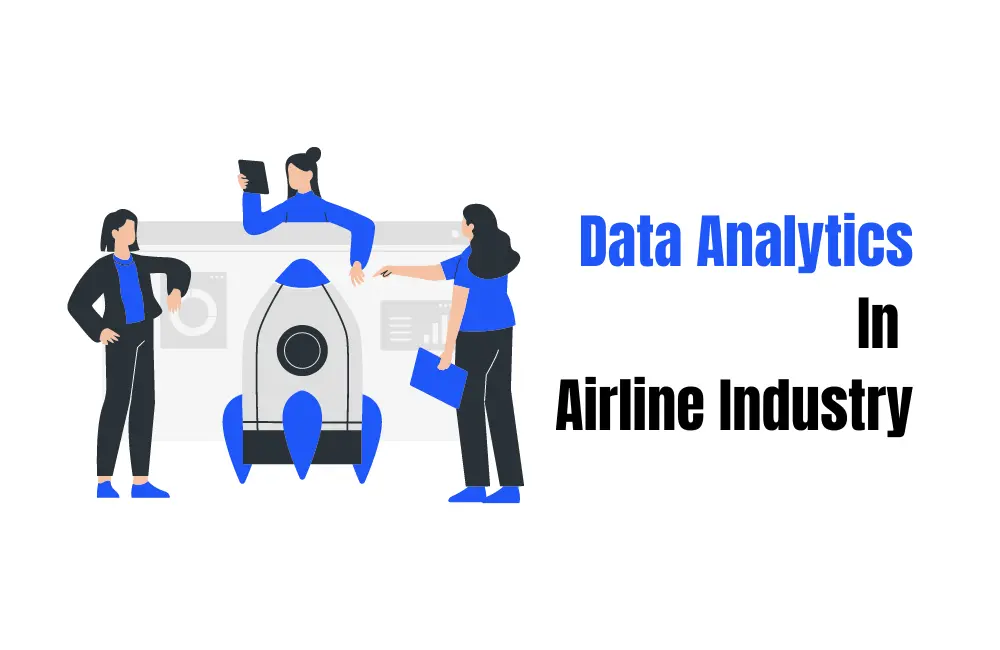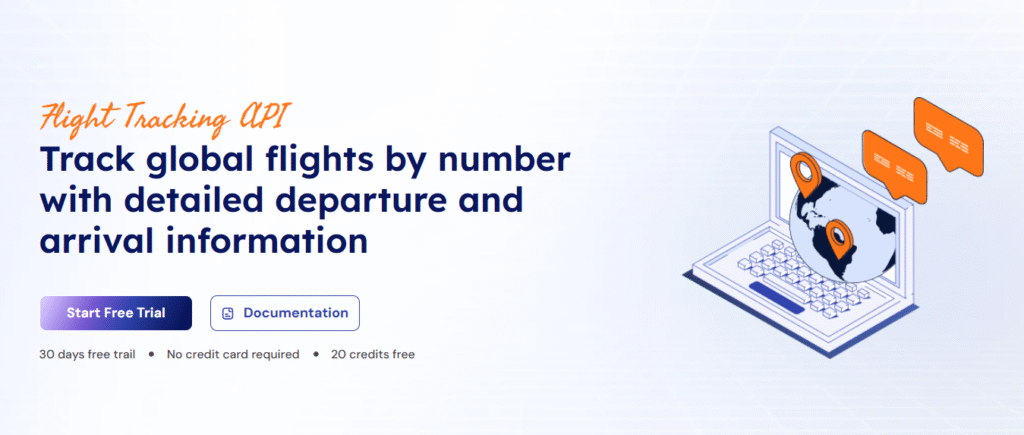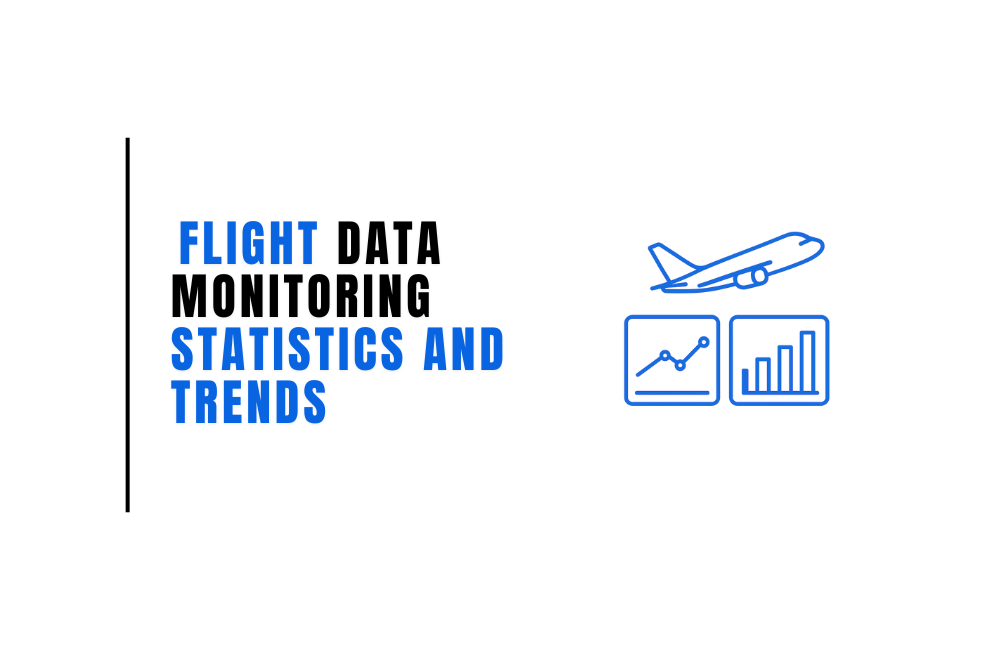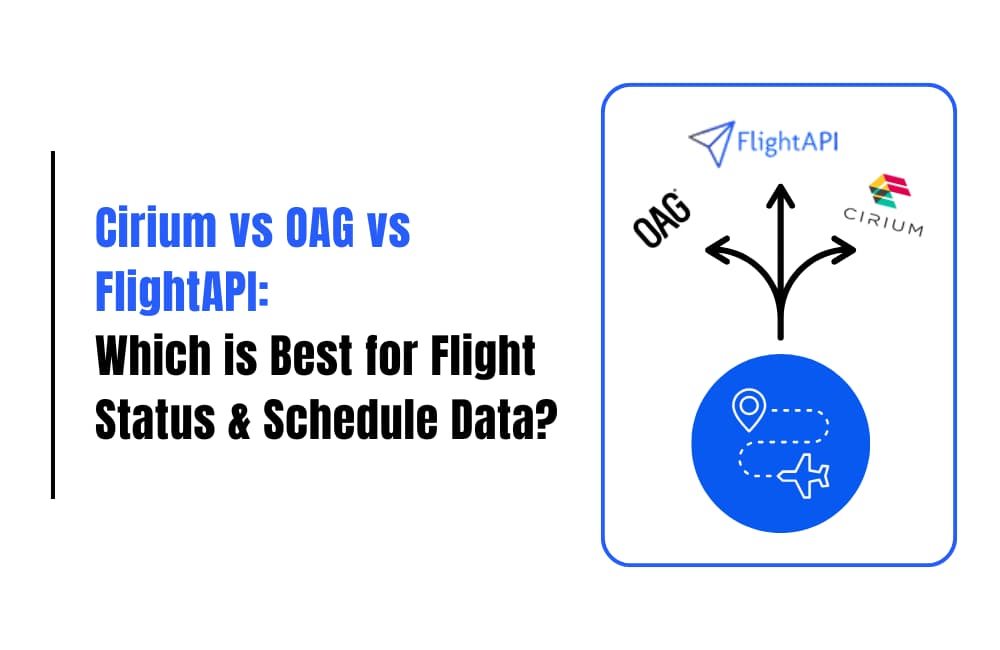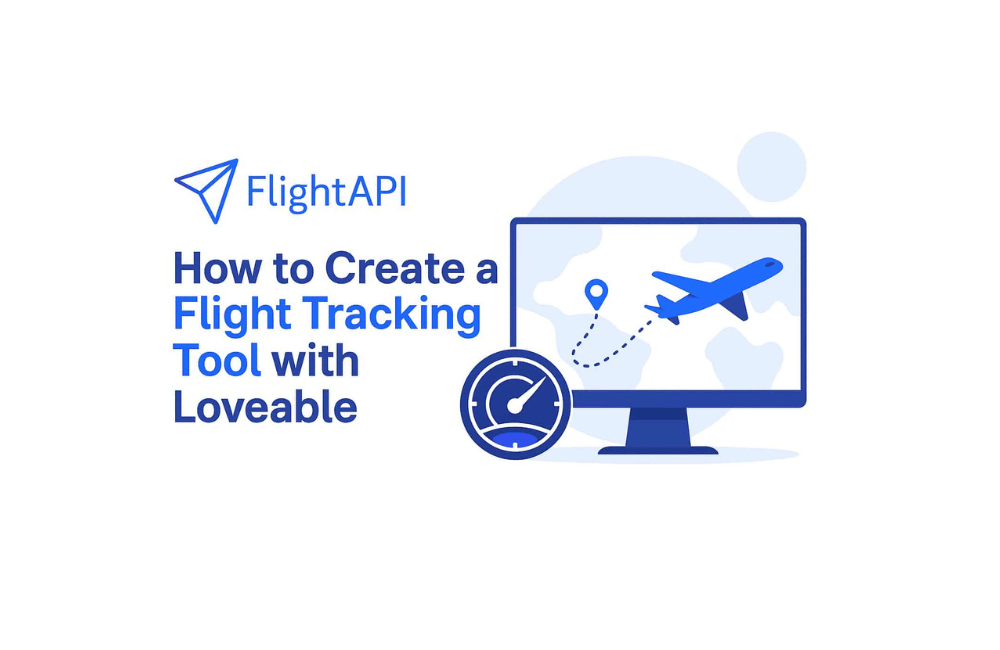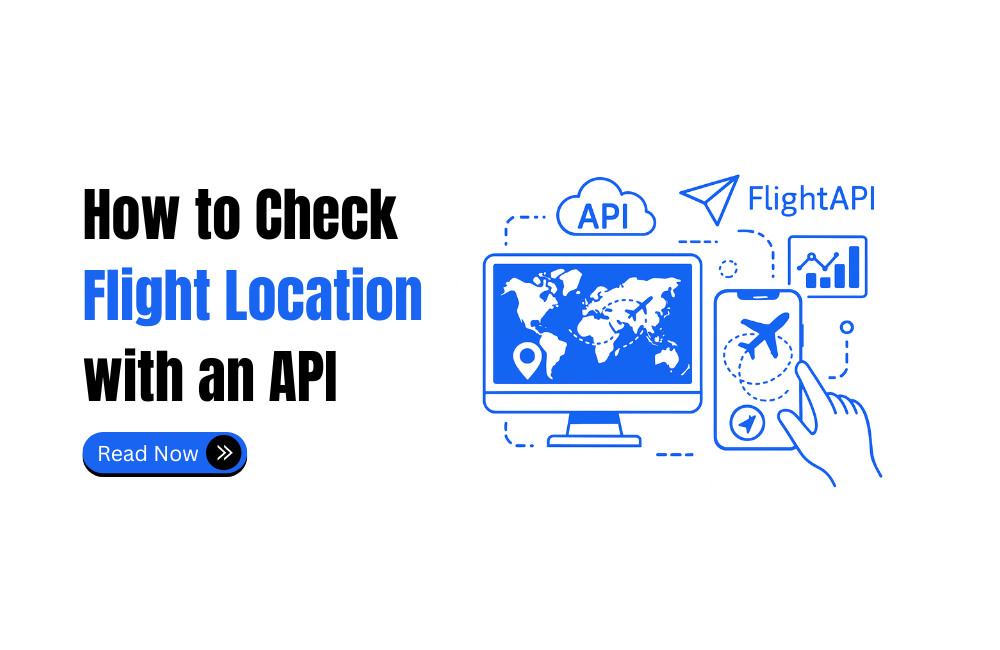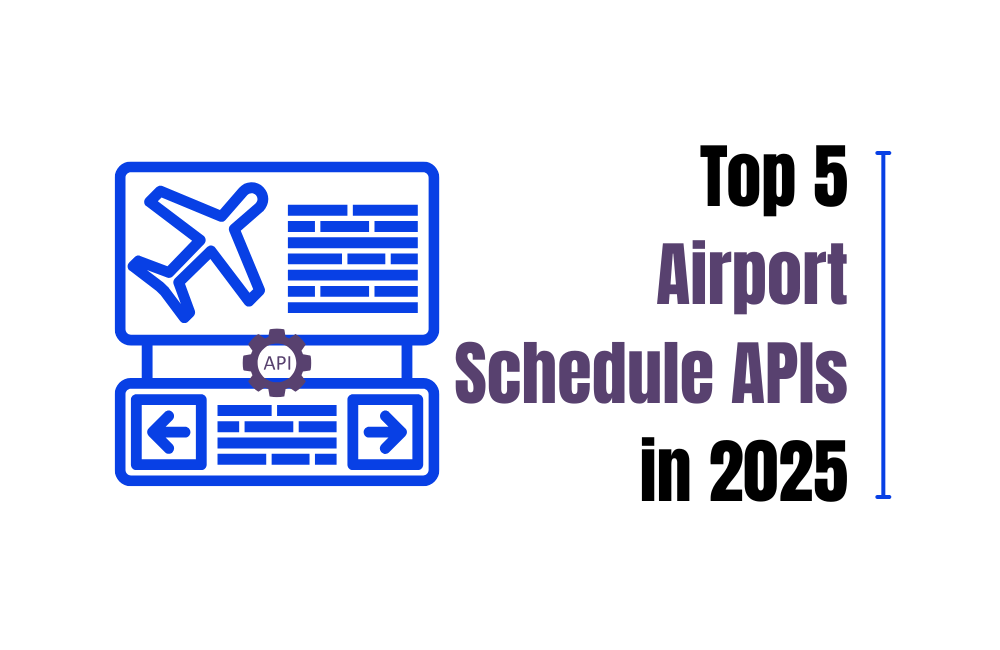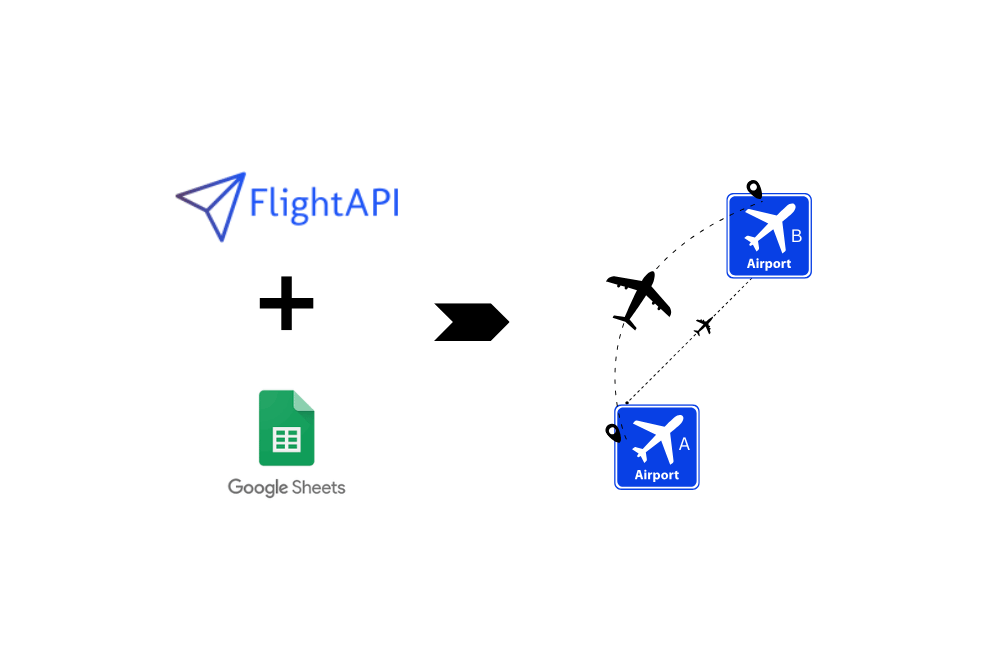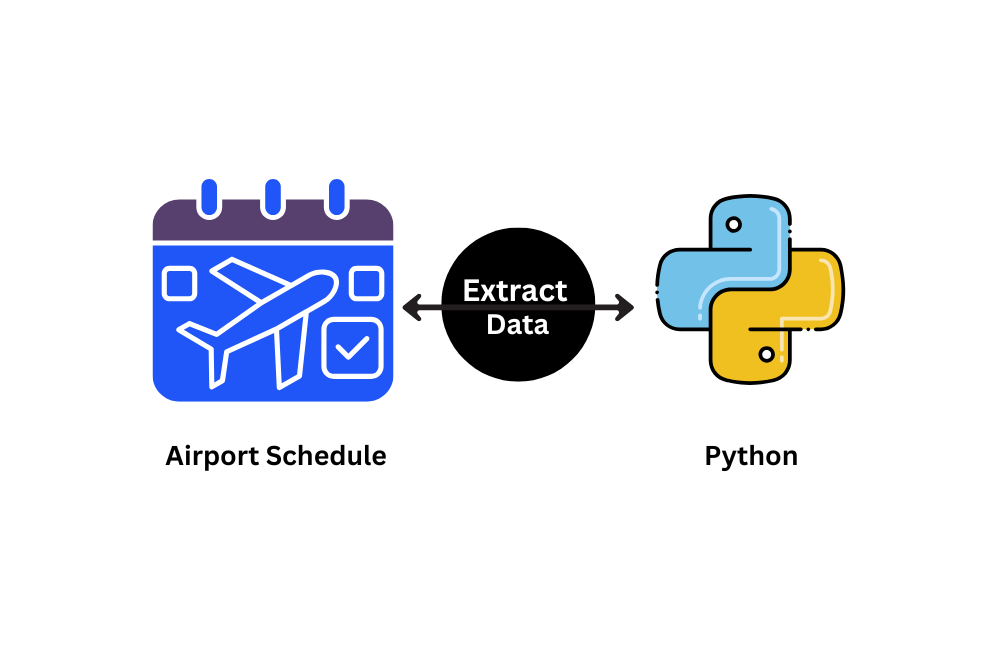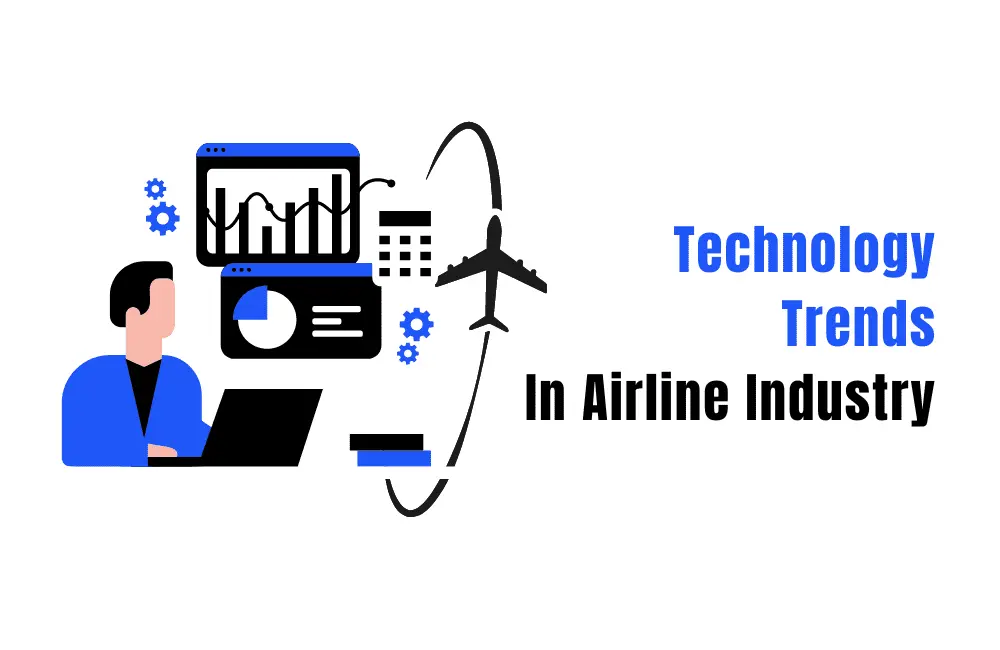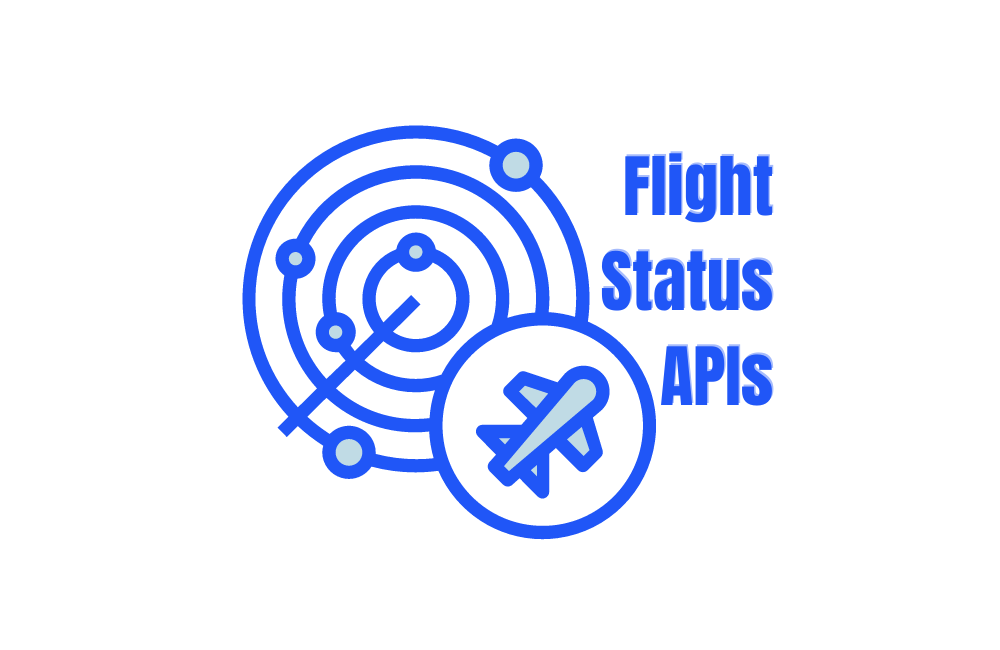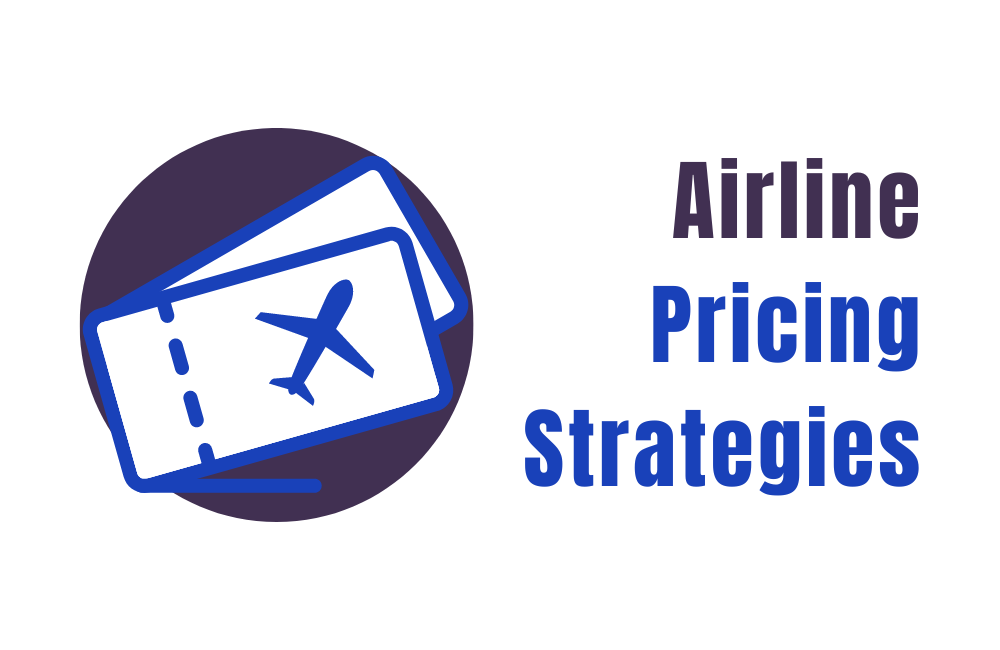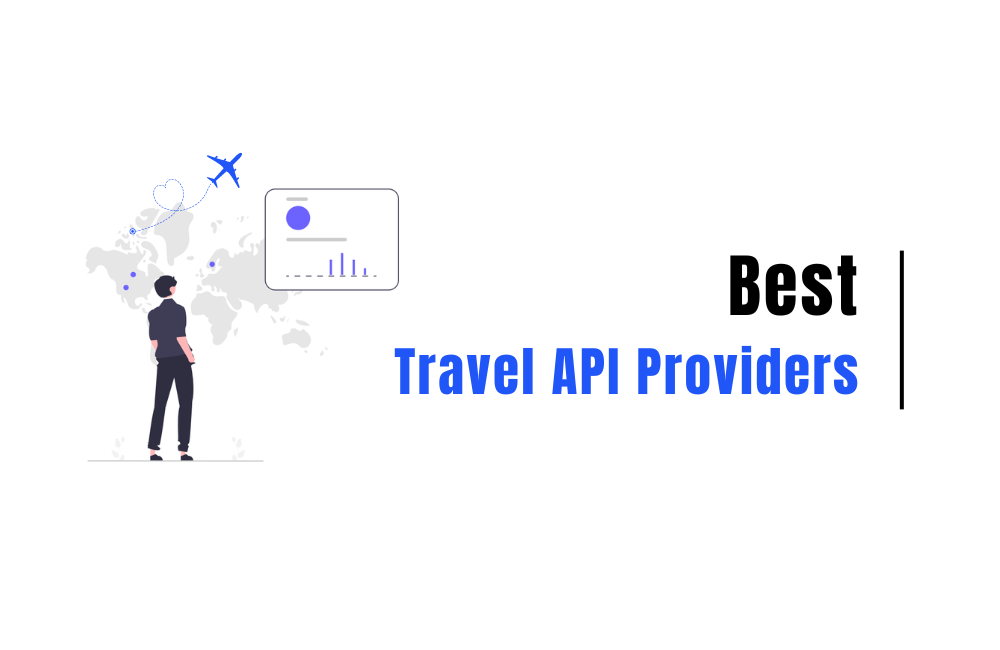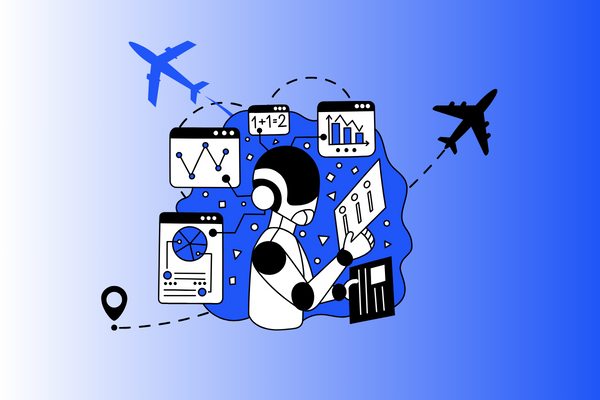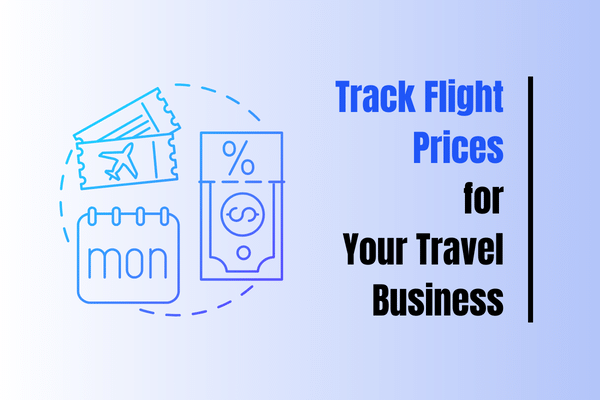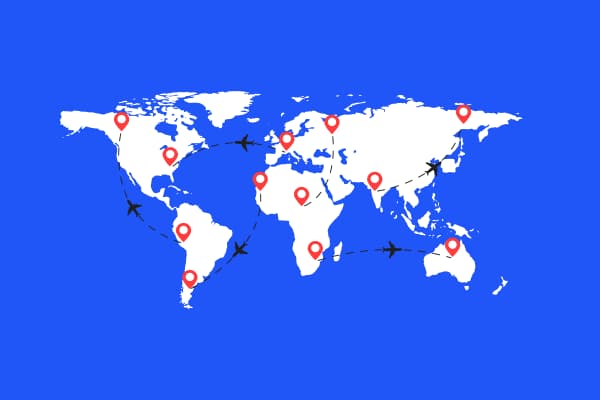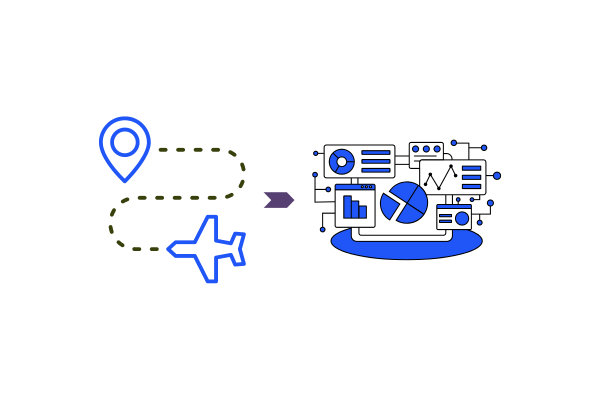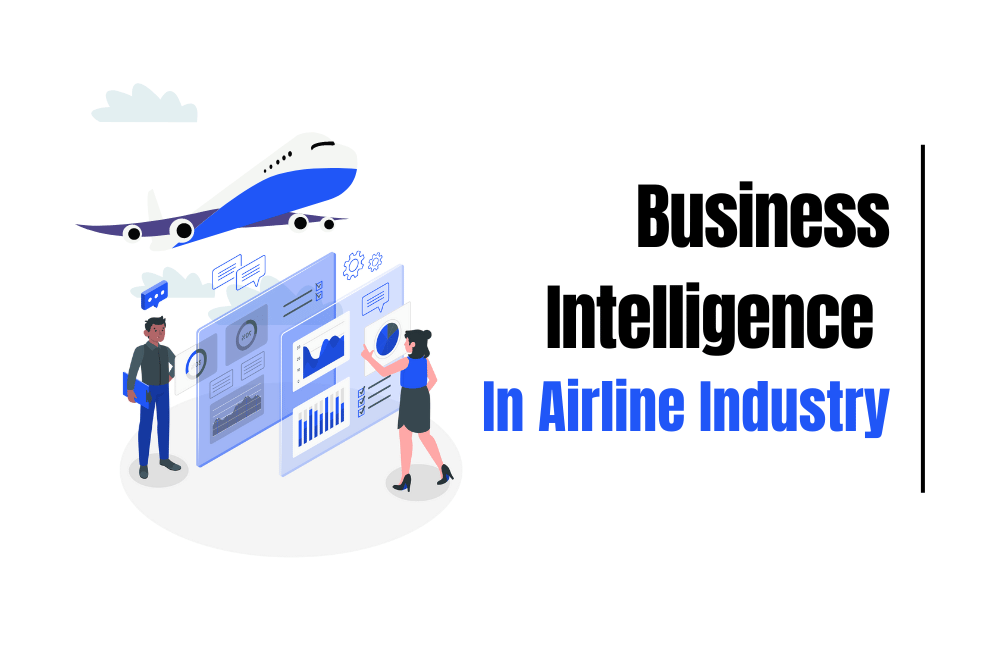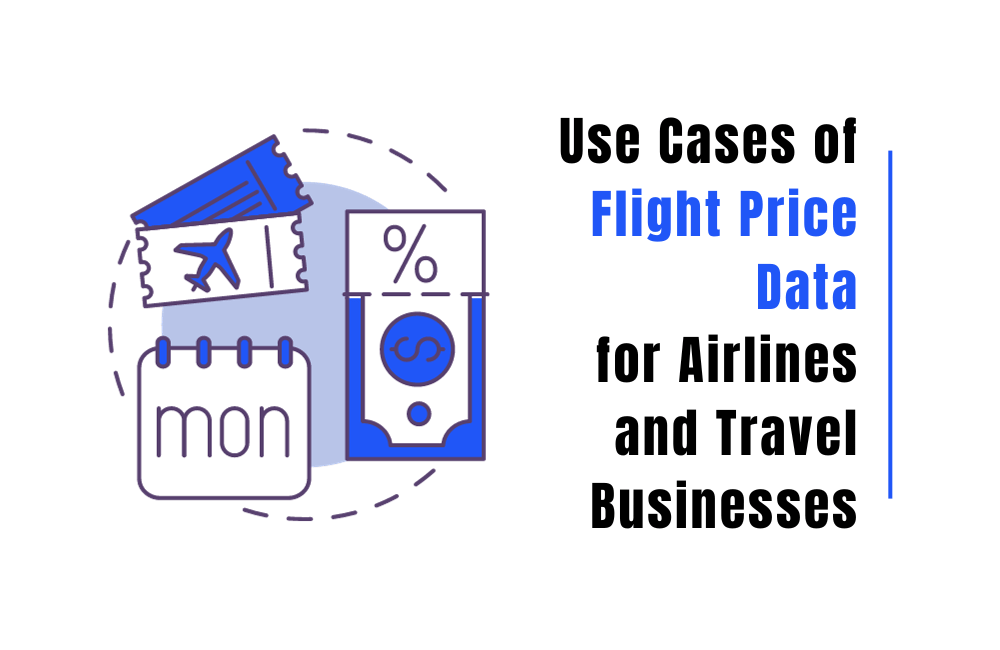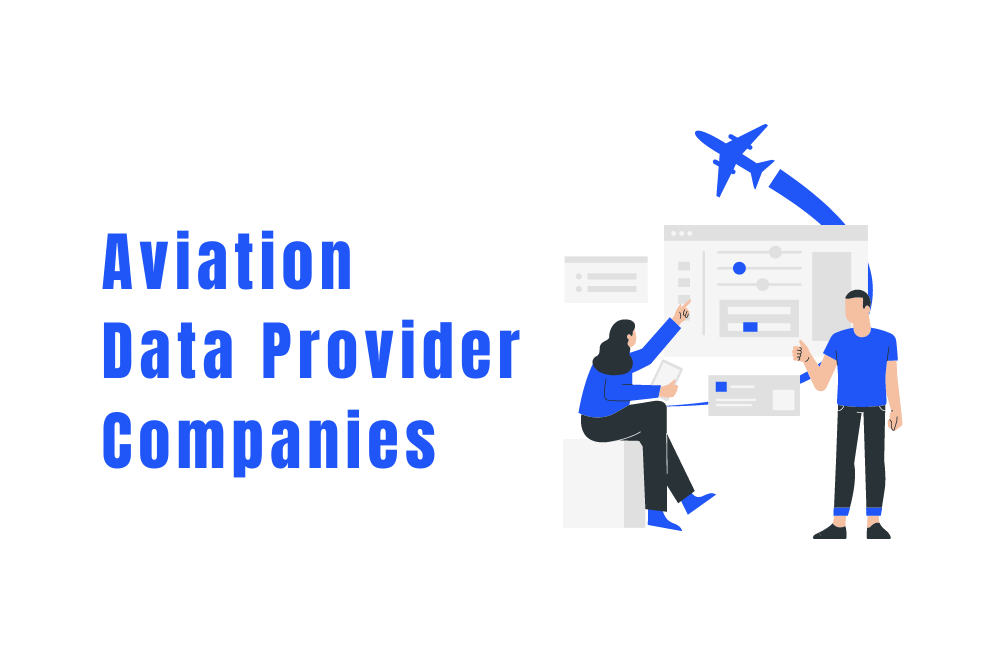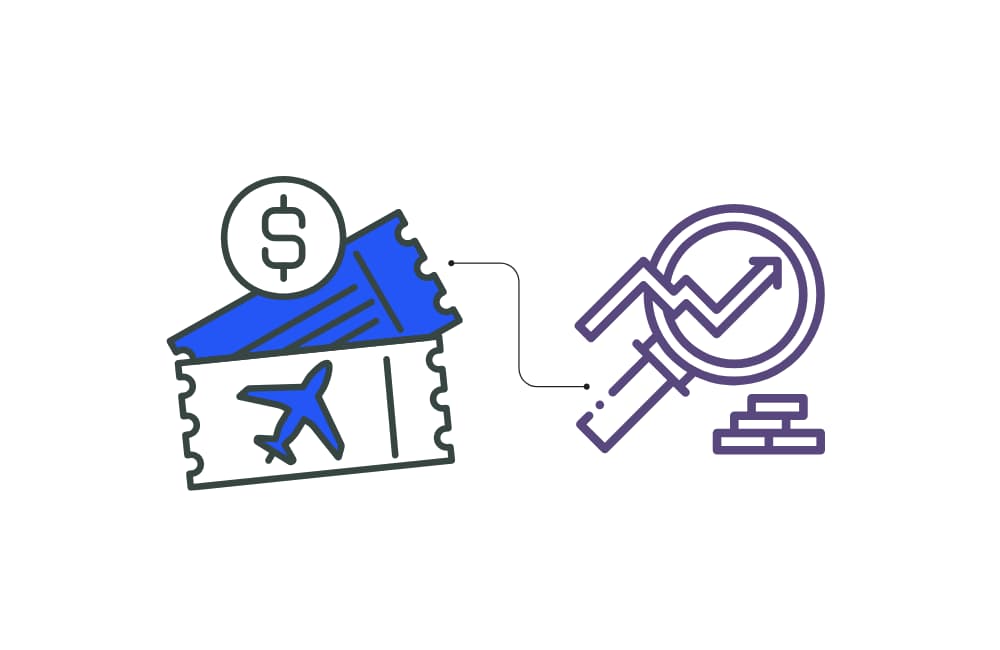Airlines are moving fast to keep up with tech and changing travel trends, and data is now playing a huge role in how they do it. Valued at USD 2.6 billion in 2023 and expected to grow at a robust 10.14% annually through 2030, the aviation analytics market is reshaping how airlines operate. (source) From optimizing flight routes and enhancing customer experiences to predicting maintenance needs and managing risks, data analytics provides airlines with critical insights to improve efficiency and drive growth. However, integrating these advanced technologies comes with its own set of challenges. In this blog, we will not only explore the immense benefits of data analytics in the airline industry but also the hurdles that must be overcome to fully harness its potential. Let’s start with the benefits. Key Business Advantages of Data Analytics in Airline Industry 1. Revenue Management Business analytics in the airline industry helps businesses to understand traveler demand and optimize pricing for maximum profitability. Traditional statistical approaches are no longer sufficient for analyzing the vast amounts of data that airlines must consider when pricing flights and understanding demand. Using data science, airlines can now leverage sophisticated methods to perform demand analysis. For example, behavioral data from travelers can be used to identify leisure demand, while data from professional networking sites and recruitment and procurement activities can signal emerging business travel destinations. Machine learning-based clustering can also group thousands of origins and destinations by similarities, taking into account various parameters like the time of travel, duration of stay, and more. Moreover, revenue teams can also rely on competitive flight pricing data to adjust fares at the best possible rate according to demand and competition to secure more bookings. For doing so, Flight Price API has become an important tool for airlines to track flight prices across different booking applications, websites, and OTAs. Watch the tutorial to learn how to retrieve real time flight price data by using FlightAPI. Despite that, if you’re looking for APIs for different airline or travel data needs, check out these travel API providers. 2. Route Data Using data analytics in airline businesses can plan flight routes more efficiently. This helps them to ensure timely arrivals for passengers and reduce fuel consumption, and overall cost. For doing this, airlines need access to real-time flight data and route information, and by using a reliable Flight Status API they can make informed decisions for their airline route planning. Want to pull flight schedule data into a Google Spreadsheet in a simple, easy-to-read format? Just enter the airline code and flight number, and you’re set. ✅ To go further, here are some in-depth tutorials you can check out: 3. In flight Sales and Food Supply Estimation The utilization of big data software for analytics in the airline industry has become indispensable, particularly in the areas of in-flight sales and food supply estimation. By diving into data, airlines can make informed decisions about food offerings and accurately forecast customer demand, which ultimately helps optimize inventory and minimize waste. For instance, airline analytics open doors for examining historical sales data to identify which food and beverage items are more likely to sell on specific routes at different times of the day. This knowledge can guide their inventory planning to ensure that the most popular items are always readily available. Similarly, analyzing data from similar routes can help airlines anticipate the food needs for new routes, minimizing any possible food shortages or wastage. Furthermore, real-time data from in-flight entertainment systems can help airlines stay on top of passenger’s preferences and tailor their snack and beverage offerings and entertainment choices accordingly. 4. Helps in Predictive Maintenance Data analytics helps aviation industries save costs and increase revenue streams by using Big Data, IoT, and predictive analytics. Airlines analyze data to anticipate aircraft part refurbishment or repair needs before they break down, reducing unplanned maintenance costs and associated delays. Plus, predictive data analytics monitors engine temperature, fuel consumption, and flight patterns to identify trends and provide insights into maintenance needs By using data analytics for predictive maintenance, aviation companies benefit from improved safety, efficiency, and profitability by streamlining maintenance schedules and increasing aircraft uptime, leading to higher customer satisfaction scores and increased revenue streams. 5. Helps in Risk Management The demand for aviation analytics s increasing at a fast pace in the aviation industry since industry experts have become aware of the usefulness of managing risks and preventing accidents. To make this possible, airlines use data analytics in aircraft maintenance, and crew management programs to predict and manage pilot fatigue, reducing risks and ensuring safe operations. By analyzing factors such as pilot schedules and flight times, airlines can identify potential risks and take proactive measures to prevent accidents, improve safety, and reduce costs. 6. Efficient Forecasting Effective flight prediction plays a pivotal role in enabling airlines to make informed decisions on a range of critical factors, including but not limited to seat capacity expansion, rate adjustments, and the introduction of new routes. To achieve precision in forecasting, airlines are increasingly adopting advanced demand forecasting in aviation approaches that leverage big data and predictive models. You just learned about how data analytics is revolutionizing the airline industry and propelling businesses to new heights. But wait for a moment, there are some serious challenges you need to be aware of if you want to stay ahead of the game. Check them out NOW! Challenges of Data Analytics in the Airline Industry Here are a few challenges of data analytics that the airline industry needs to overcome. Data Integration: Integrating different data sources into a single database is not always an easy task. Data Quality: Incomplete, inaccurate, or inconsistent data can lead to incorrect conclusions and decisions. Data Security: Like any other industry, data security is a top priority. Protecting data from cyber threats is kind of a crucial but difficult task. Complex Data Analysis: Analyzing large volumes of data is complex and time-consuming, requiring specialized skills and tools. Integration with Legacy Systems:

Finding reliable flight price data may seem simple until you actually start searching. Then you realize how crowded the space...


